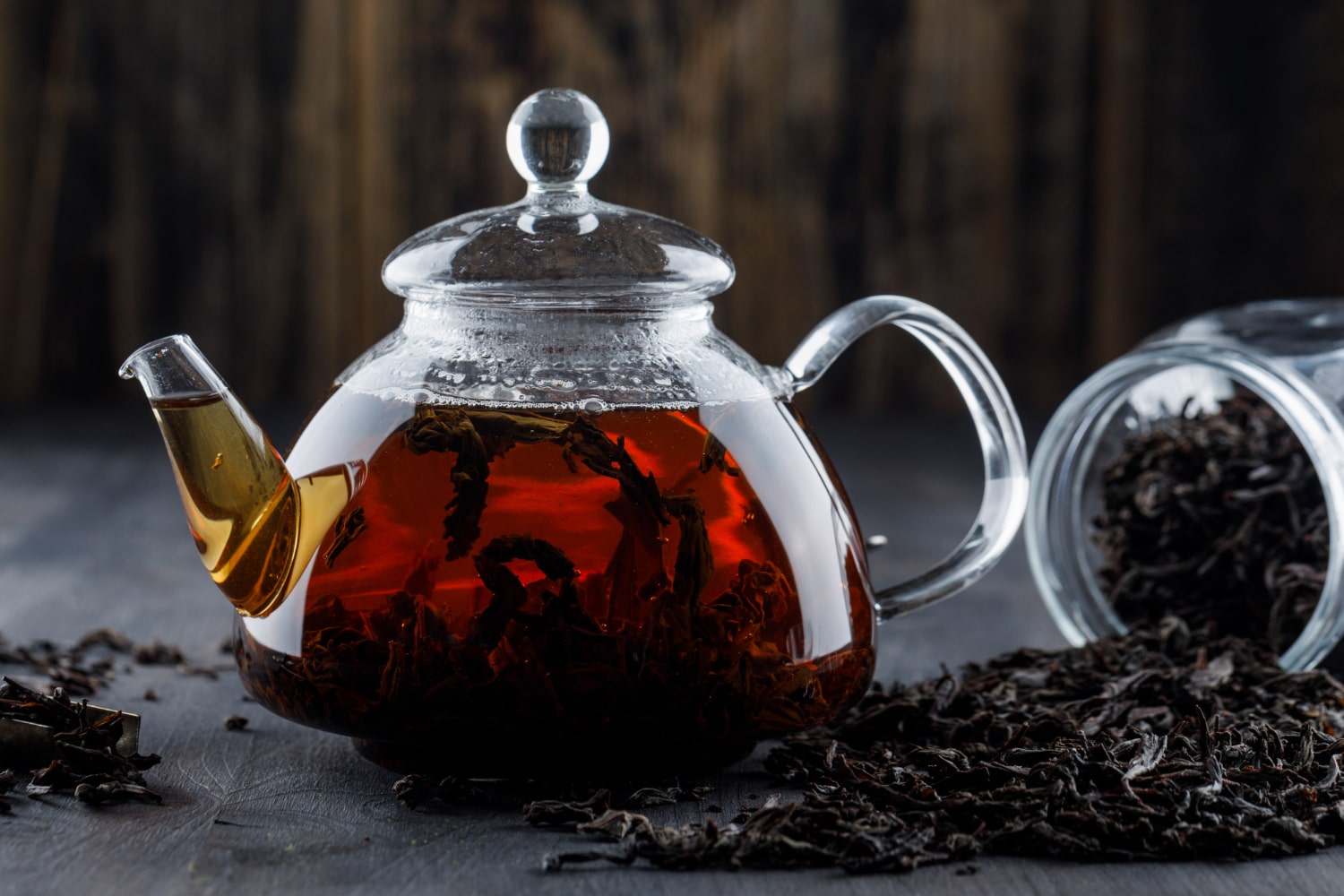Tea is one of the oldest and most popular beverages in the world, uniting tradition, culture, health, and hospitality. Its history goes back thousands of years and began in China, but over time it spread across all continents. In different parts of the world, tea is prepared and consumed in unique ways and plays various roles in daily life and rituals. It is not just a drink but also a symbol of togetherness and calm. Below are fascinating facts about tea that you may not have known.
- All true tea comes from a single plant species called Camellia sinensis. The differences between green, black, white, or oolong tea depend only on how the leaves are processed. The level of fermentation affects the color, taste, and aroma of the tea. Even one plantation can produce multiple tea varieties.
- China is considered the birthplace of tea, and legend says that it was discovered by Emperor Shen Nong in 2737 BCE. According to the story, some tea leaves accidentally fell into his boiling water. Since then, tea has become an essential part of Chinese culture. The earliest tea ceremonies originated in China.
- In Japan, tea became integrated into spiritual practice thanks to Buddhist monks who used it during meditation. The Japanese tea ceremony is a multi-step ritual that can last more than an hour. At its center is powdered green tea known as matcha. This ritual is seen as a form of spiritual purification.
- In India, tea became widely popular during the colonial era when the British began developing large plantations. Today, India is one of the world’s leading tea producers. The famous masala chai, a blend of black tea, milk, and spices, originated there. It is enjoyed in both urban and rural areas.
- The British made tea a national cultural symbol. The tradition of drinking afternoon tea at 5 o’clock started in the 19th century. It was introduced by the Duchess of Bedford to curb hunger between lunch and dinner. Since then, English tea has become a symbol of elegance and hospitality.
- In Mongolia, tea is prepared in a unique way with milk and salt. It is often made with green tea, butter, flour, and sometimes even animal fat. This drink provides energy in harsh climate conditions. It is called suutei tsai and holds strong cultural significance.
- The most expensive tea in the world is produced in China and is known as Da Hong Pao. It is harvested from rare tea bushes in the Wuyi Mountains and processed with a special technique. Just a few grams of this tea can cost thousands of dollars. It is considered a national treasure in China.
- Iced tea is not a modern invention but has been known since the 19th century. It was first presented at the St. Louis World’s Fair in 1904 when organizers decided to serve it cold due to the heat. Since then, it has gained enormous popularity in the United States. Today it is a staple of summer menus.
- Tea contains caffeine, but in smaller amounts than coffee. The caffeine in tea is known as theine and has a milder and longer-lasting effect. Because of this, tea is often chosen for work or study sessions. Green tea in particular is valued as a natural stimulant.
- Tea is rich in antioxidants, especially polyphenols, which protect the body from aging and disease. Research shows that regular tea consumption reduces the risk of cardiovascular conditions. Some varieties also aid digestion and metabolism. This makes tea both delicious and beneficial for health.
- In many cultures, tea symbolizes hospitality. In Morocco, guests are served sweet green tea with mint. In Turkey, tea is poured into tulip-shaped glasses and offered repeatedly. A tea ceremony is a sign of respect and friendship in every culture.
- The tea industry is one of the largest agricultural sectors in the world and provides employment to millions of people. Tea plantations exist in over 40 countries, including Sri Lanka, Kenya, Indonesia, and Vietnam. More than 6 million tons of tea are consumed worldwide every year. This makes tea the second most consumed beverage after water.
- In Ukraine, tea became popular in the 19th century, especially among intellectuals and in monasteries. Initially, it was used for medicinal purposes, but later it became a daily beverage. In recent years, interest has grown in herbal teas made from local plants. These are caffeine-free and have healing properties.
- Different types of tea affect the body in different ways. Green tea is energizing, white tea is calming, and oolong helps balance the nervous system. Pu-erh boosts metabolism and improves mood. This makes it easy to choose the right tea depending on the time of day or personal needs.
- Tea can be used not only as a drink but also in cooking. In China, for example, tea is used to boil eggs with spices. In Western Europe, tea is added to desserts, baked goods, and marinades. Its aroma enriches dishes and adds a refined flavor.
Tea is not just a beverage but a whole universe of traditions, flavors, aromas, and cultural meanings. These amazing facts about tea show how important it is in people’s lives across the globe. From high mountain plantations to sophisticated rituals, tea accompanies us in moments of peace, reflection, and connection. The more we learn about tea, the more we appreciate its true essence.





